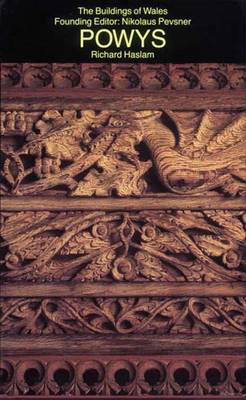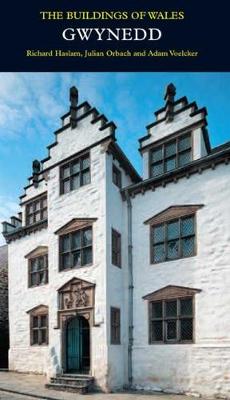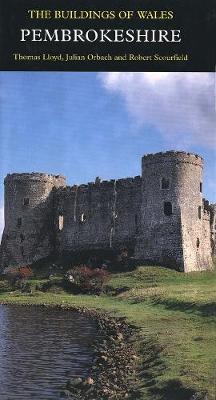Pevsner Architectural Guides: Buildings of Wales
4 total works
No area of Wales is more rewarding to the architectural traveler than Gwynedd-the historic counties of Anglesey, Caernarfon and Merioneth, which are the setting for many of Wales's greatest buildings. This book examines the buildings of the region, from Beaumaris, Caernafon, Conwy, and Harlech castles and atmospheric medieval churches to Nonconformist chapels and houses in distinctive vernacular traditions.
Carmarthenshire and Ceredigion
by Thomas Lloyd, Julian Orbach, and Robert Scourfield
This sixth volume of the Buildings of Wales series covers two counties, Carmarthenshire and Ceredigion (formerly Cardiganshire) in the South-west of Wales. Like the same authors' Pembrokeshire, the volume covers an architecture still little known, but encompassing a sweep from prehistoric chambered tombs to the high technology of the world's largest single-span glasshouse. The two counties have deeply rural hinterlands shading into wild and empty upland, bare of settlements but rich in the relics of lost industry. The isolated churches and nonconformist chapels are given knowledgeable attention in the comprehensive gazetteer, which gives full coverage to the magnificent castles of Carmarthenshire. There are detailed accounts of the varied small towns of the two counties, from formal late-Georgian Aberaeron to the quiet charm of Laugharne, winding down to its estuary. Aberystwyth with its promenade, university and National Library, joins industrial Llanelli and county-town Carmarthen in the wealth and variety of its late Victorian chapels. An introduction with valuable specialist contributions sets the buildings in context.
This authoritative guide to the southwest corner of Wales by three local experts encompasses a wide sweep of history, from the rugged prehistoric remains that stud the distinctive windswept landscape overlooking the Atlantic to distinguished recent buildings that respond imaginatively to their natural setting. The comprehensive gazetteer encompasses the great cathedral of St David’s and its Bishop’s Palace, the numerous churches, and the magnificent Norman castles that reflect the turbulent medieval past. It gives attention also to the lesser-known delights of Welsh chapels—both simple rural and sophisticated Victorian examples—in all their wayward variety and provides detailed accounts of a rewarding range of towns, including the county town, Haverfordwest, the attractively unspoilt Regency resort of Tenby, and Milford Haven and Pembroke Dock, with their important naval history. An introduction with valuable specialist contributions sets the buildings in context.



